
For as long as we humans have hunted wild duck and geese, we have used decoys and calls to attract them within range of a gun, bow or sling, or to lure them into waiting nets. Most species of wildfowl are intensely social birds. They will naturally congregate in large numbers in order to feed or roost. The belief that there are others of their kind gathered on a pond, lake or creek is enough to give passing birds the confidence at least to take a second look, if not to cup their wings, set their paddles and drop in to join the party.
So it is no surprise that the skill of being able to call duck and geese is a greatly respected one among fowlers. Stanley Duncan, the celebrated founder of the Wildfowlers’ Association of Great Britain and Ireland — WAGBI, now BASC — was a master of fieldcraft and a leading exponent of the art. He would hold a wildfowlers’ meeting enthralled with his demonstrations of calling wigeon and curlew, which he did simply by whistling and with no artificial aid.
In the US, the spiritual home of duck calling, the art has been raised practically to a national obsession. There are duck calling competitions all over the country, the most celebrated of which is the World Championship Duck Calling Contest, which has taken place in Stuttgart, Arkansas, every year without exception since 1936. Victory in the championship is a surefire passport to a career in the shooting industry, while to have your call used by the champion caller is the Holy Grail sought by every manufacturer of duck calls.
This story is from the {{IssueName}} edition of {{MagazineName}}.
Start your 7-day Magzter GOLD free trial to access thousands of curated premium stories, and 9,000+ magazines and newspapers.
Already a subscriber ? Sign In
This story is from the {{IssueName}} edition of {{MagazineName}}.
Start your 7-day Magzter GOLD free trial to access thousands of curated premium stories, and 9,000+ magazines and newspapers.
Already a subscriber? Sign In
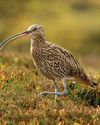
United we stand
Following United Utilities' decision to end grouse shooting on its land, Lindsay Waddell asks what will happen if we ignore our vital moors
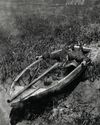
Serious matters
An old gamebook prompts a contemplation on punt-gunning
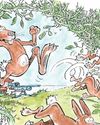
They're not always as easy as they seem
While coneys of the furry variety don't pose a problem for Blue Zulu, he's left frustrated once again by bolting bunnies of the clay sort
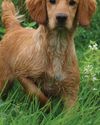
Debutant gundogs
There's lots to think about when it comes to making the decision about when to introduce your dog to shooting
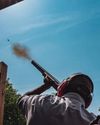
When the going gets rough
Al Gabriel returns to the West London Shooting School to brush up on his rough shooting technique
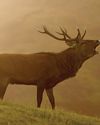
The Field Guide To British Deer - BDS 60th Anniversary Edition
In this excerpt from the 60th anniversary edition of the BDS's Field Guide To British Deer, Charles Smith-Jones considers the noise they make
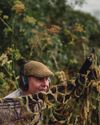
A step too far?
Simon Garnham wonders whether a new dog, a new gun and two different fields in need of protection might have been asking too much for one afternoon's work
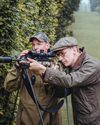
Two bucks before breakfast
A journey from old South London to rural Hertfordshire to stalk muntjac suggests that the two aren't as far detached as they might seem
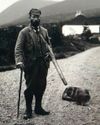
Stalking Diary
Stalkers can be a sentimental bunch, and they often carry a huge attachment to their hill

Gamekeeper
Alan Edwards believes unique, private experiences can help keepers become more competent and passionate custodians of the countryside